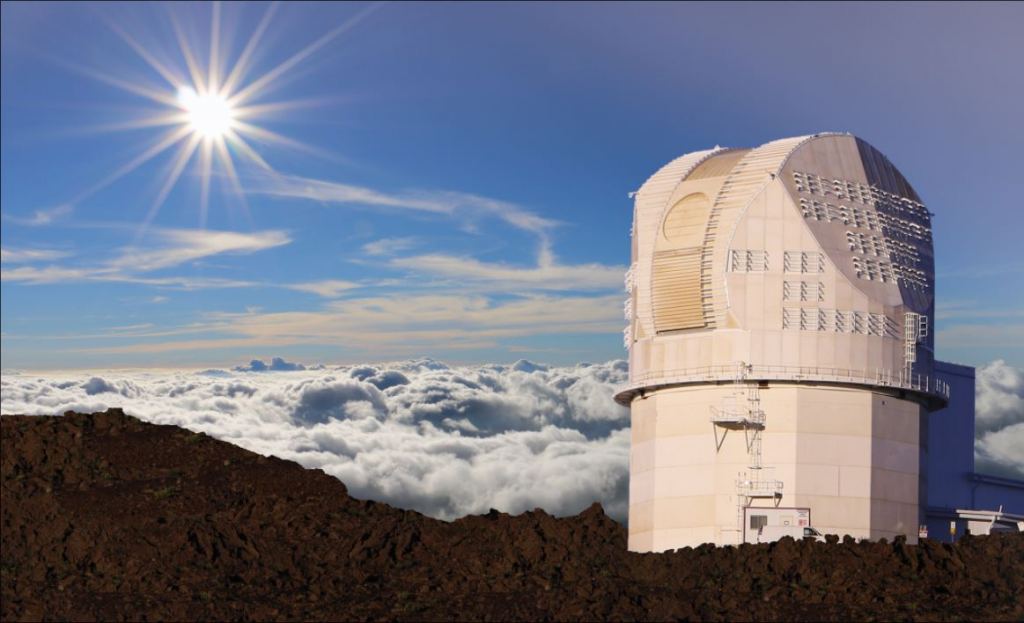A new image from the world's largest solar observatory shows a spectacular, high resolution view of a gigantic sunspot. The sunpspot measures about 16,000 km (10,000 miles) across, large enough that Earth could fit inside.
The image was taken by the new Daniel K. Inouye Solar Telescope, located on the summit of Haleakala, Maui, in Hawai'i. Scientists say the new observatory -- with its large 4-meter (13-ft) primary mirror -- will enable a new era of solar science, and provide a leap forward in understanding the Sun and its impacts on our planet.
"The sunspot image achieves a spatial resolution about 2.5 times higher than ever previously achieved, showing magnetic structures as small as 20 kilometers on the surface of the sun," said associate director of the US National Science Foundation's National Solar Observatory Thomas Rimmele.
The new image reveals incredible details of the sunspot's structure as seen at the Sun's surface, and looks like either a portal to hell or a slightly misshapen Eye of Sauron from "Lord of the Rings." Sunspots are carved and shaped by the Sun's intense magnetic fields and hot gas boiling up from below.
This image was taken back in January 28, 2020 and accompanies a new paper by Rimmele and his team, which details the optics, mechanical systems, instruments, operational plans and scientific objectives of the Inouye Solar Telescope.
The Inouye telescope is not quite yet complete, as finishing touches and full operations have been delayed because of the COVID-19 pandemic. The observatory should be fully up and running sometime in 2021, and officials say this image provides a taste of how the telescope's advanced optics and four-meter primary mirror will give scientists the best view of the Sun from Earth throughout the next solar cycle.
Earlier this year, the Inouye Solar Telescope team released an image of the highest resolution picture ever taken of the Sun’s surface, which looks like something inside a roiling, boiling cauldron.
Sunspots are the most visible representation of solar activity. Scientists know that the more sunspots that are visible on the Sun, the more active the Sun is. The Sun reached solar minimum, the time of fewest sunspots during its 11-year solar cycle, in December 2019. This sunspot in January 2020 was one of the first of the new solar cycle. Solar maximum for the current solar cycle is predicted in mid-2025.
Further reading: National Solar Observatory press release
 Universe Today
Universe Today



